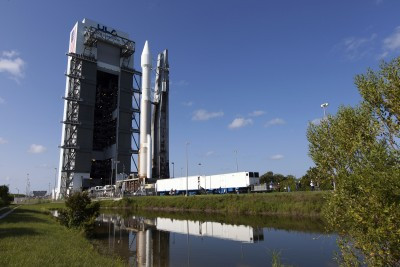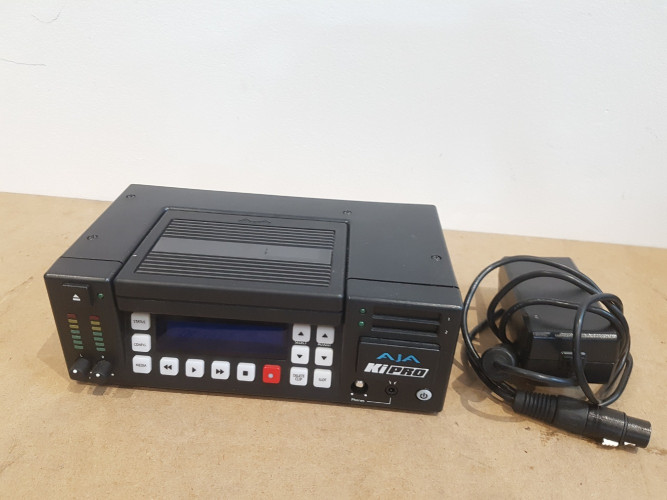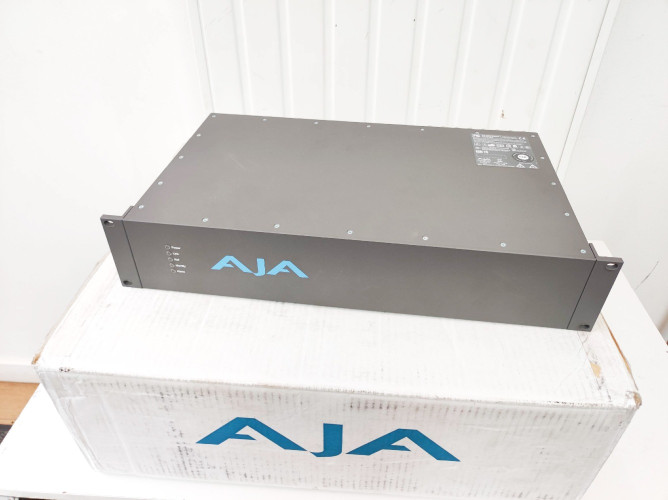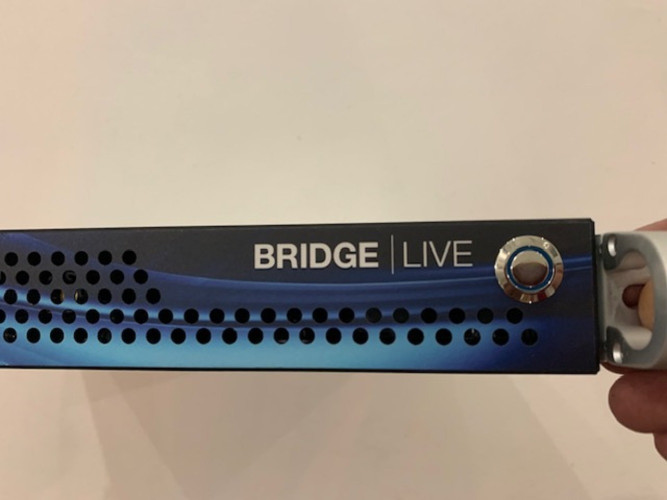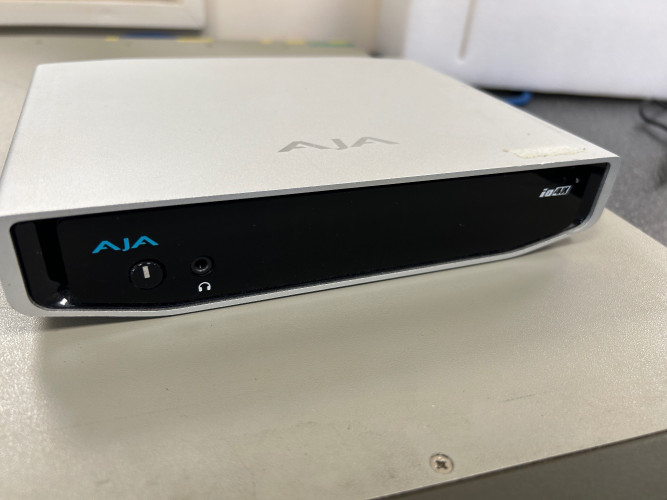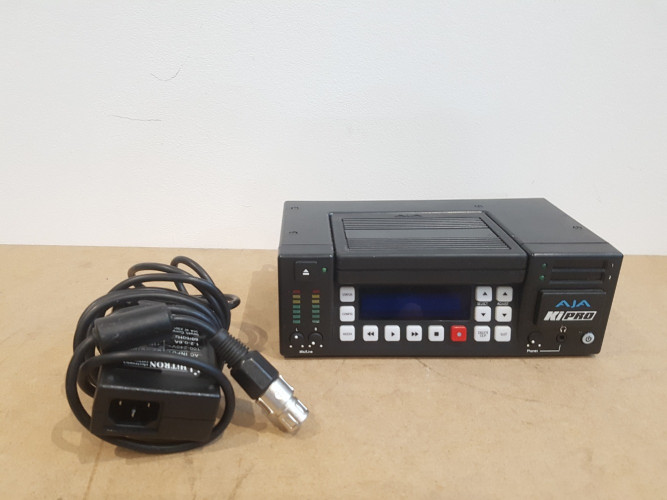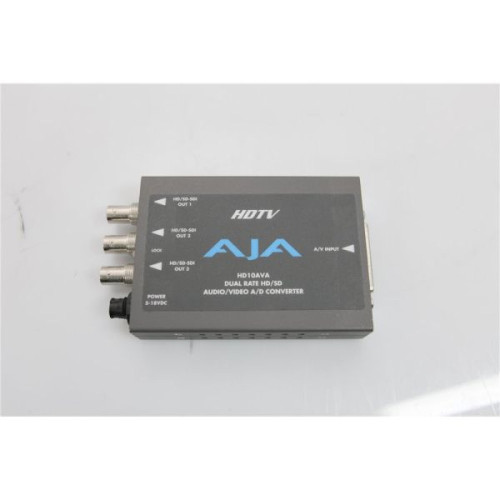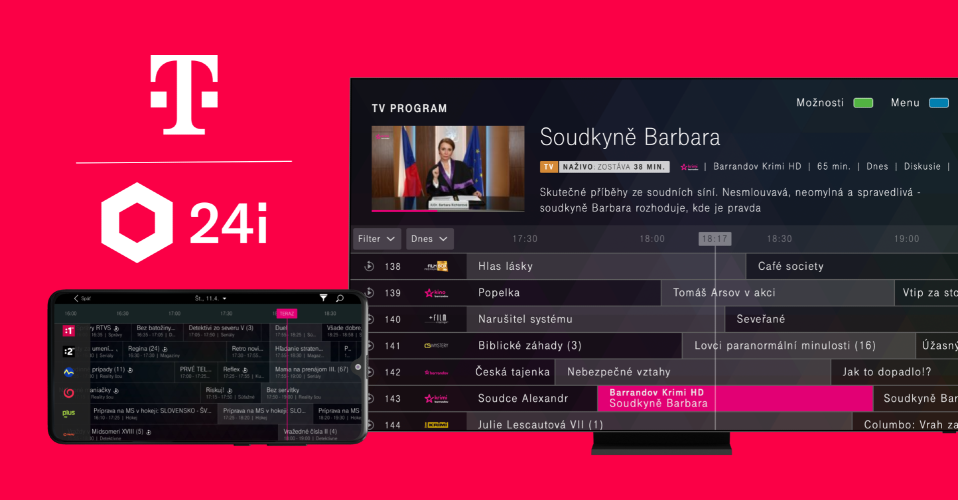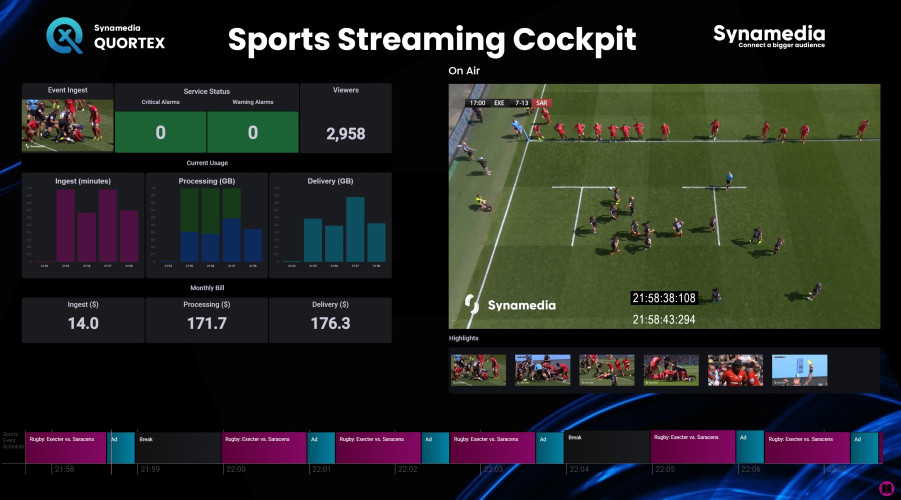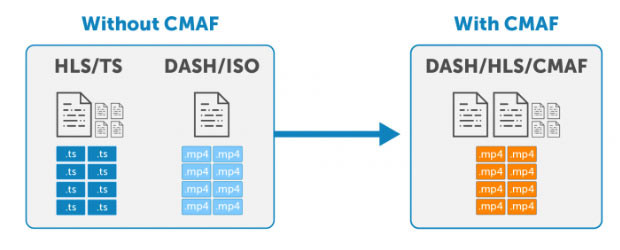When the SpaceX Demo-2 launched astronauts into orbit in 2020, millions of viewers tuned into the NASA-TV livestream and satellite broadcast to watch the monumental crewed spaceflight. From capturing landmark events, like the Curiosity Mars Rover landing, to delivering video feeds from the International Space Station, NASA-TV broadcasts live coverage and educational programming that captivates and educates audiences with the latest in space exploration, missions and discoveries.
Under the direction of the NASA Imagery Experts Group, NASA-TV broadcasts satellite and streaming public and media channels, with content ranging from daily NASA operations captured for documentation, scientific and engineering purposes, in addition to important industry events. In preparation for the OSIRIS-REx asteroid sample return mission, the NASA Imagery Experts Group recently upgraded its UltraHD production flypack with an AJA KUMO 1616-12G router at its core to manage an influx of video feeds.
The OSIRIS-REx spacecraft was deployed in 2016 to collect a sample from Bennu, a near-Earth asteroid, to help scientists learn about the origins of life and formation of planets through reviewing the distribution of minerals and organic materials. To broadcast the asteroid sample pickup in Fall of 2020, the NASA Imagery Experts group geared up its UltraHD production flypack, a portable three-camera production system that leverages 12G-SDI. The flypack features three Canon XF705 cameras with Multidyne VB series fiber multiplexer gear, which provides two-way 12G-SDI video, RS-422 for camera control, audio for intercom, tally and a gigabit ethernet extension.
Though the flypack features robust production equipment, including a QSC Touch-Mix 16 audio board with capacity to handle the most complex audio scenarios, the system was developed light and compact for simple and cost-effective transport and shipping via commercial carriers. For routing, the flypack previously used an eight-input production switcher to share feeds with destinations. The OSIRIS-REx broadcast, however, required twelve video sources, making it essential that the team upgrade the flypack with a router to handle the production.
To manage all twelve feeds and provide the team with flexibility to route to more destinations than previously possible, the NASA Imagery Experts Group enlisted AJA’s KUMO 1616-12G router. Chosen for its size and capabilities, KUMO 1616-12G features 16 inputs and 16 outputs, in addition to 12G-SDI support for UltraHD content. To integrate KUMO into the flypack, the team configured eight KUMO outputs to be dedicated to the eight production switcher inputs. This allowed all twelve feeds to be supported by switching any input to a different source at any time during production. KUMO’s additional eight outputs were also used fairly routinely throughout the event.
In addition to upgrading the flypack with a KUMO router, the team was challenged with coordinating between production teams working across Mission Control in Colorado, the Goddard Spaceflight Center in Maryland and the Marshall Space Flight Center in Alabama in the midst of pandemic restrictions. Daily temperature checks and working from a control room in a large conferencing space helped maintain physical distancing and ensured that production of the event went off without a hitch.



